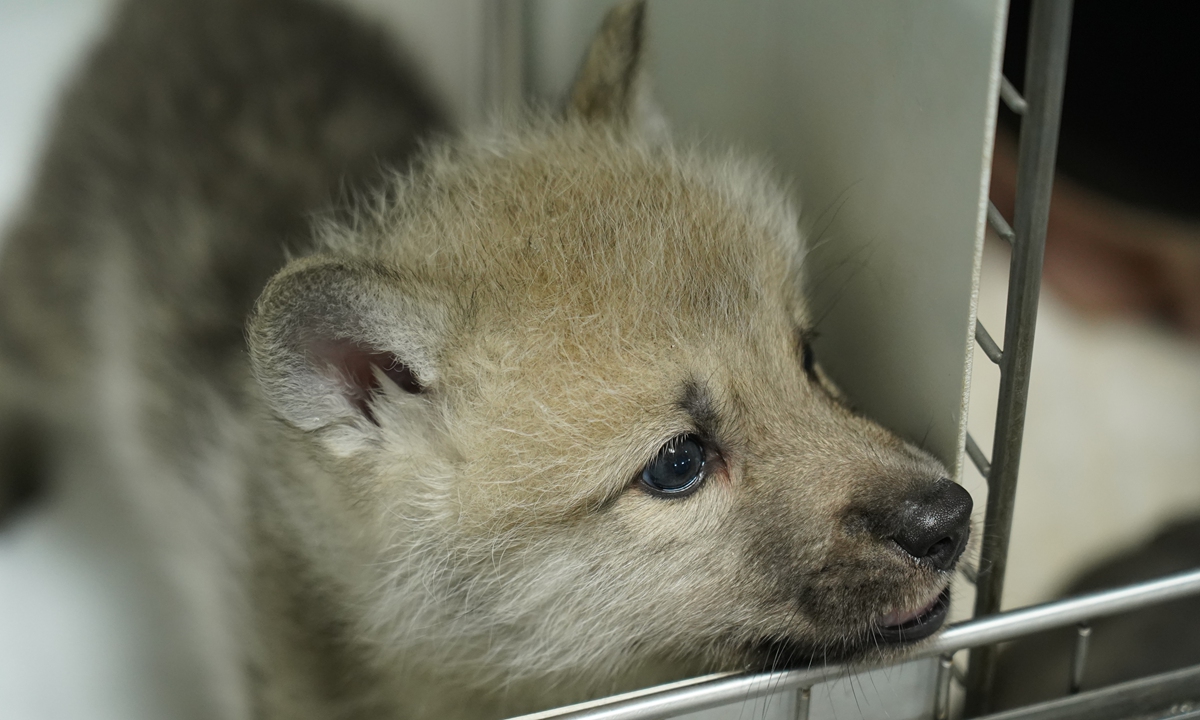
A Beijing-based gene company just achieved the first-ever successful cloning of an Arctic wolf in the wild. The Arctic wolf is also known as the white wolf or polar wolf. She is a resident of the High Arctic tundra of Canada’s Queen Elizabeth Islands. Moreover, its cloning is regarded as a significant advancement in the use of cloning technology to conserve rare and endangered species.
“To save the endangered animal, we started the research cooperation with Harbin Polarland on cloning the Arctic wolf in 2020. After two years of painstaking efforts, the Arctic mammal was cloned successfully. It is the first case of its kind in the world,” the Global Times quoted Beijing-based Sinogene Biotechnology Co’s general manager Mi Jidong as saying.
The donor cell of the newly cloned came from the skin sample of a wild female Arctic wolf
The wolf called Maya is in good health, the company said. A wild female Arctic mammal’s skin sample provided the wolf’s donor cell, while a female dog provided the wolf’s oocyte. A beagle, a species of dog, served as Maya’s surrogate mother, the Global Times said.
The selection of a dog as the mammal’s surrogate was made because dogs share genetic ancestry with ancient wolves and it is more likely to succeed through cloning technology, experts told the Global Times.
The cloned Maya now lives with her surrogate beagle in a lab. Moreover, later she will be delivered to the Harbin Polarland, Northeast China’s Heilongjiang Province, and displayed to the public, the report said.
Zhao Jianping, the company’s deputy general manager, claims that the procedure started with the creation of 137 new embryos using enucleated (the removal of a cell’s nucleus) oocytes and somatic cells. Next, 85 embryos were transferred to the uteri of seven beagles, one of which gave birth to a healthy wolf.
About cloning
In 1996, a Scottish scientist created the first cloned mammal. Cloning is the process of making duplicates of live creatures, including cells, organs, etc. Also, the creature, a sheep dubbed Dolly, was created using an adult sheep’s udder cell.
